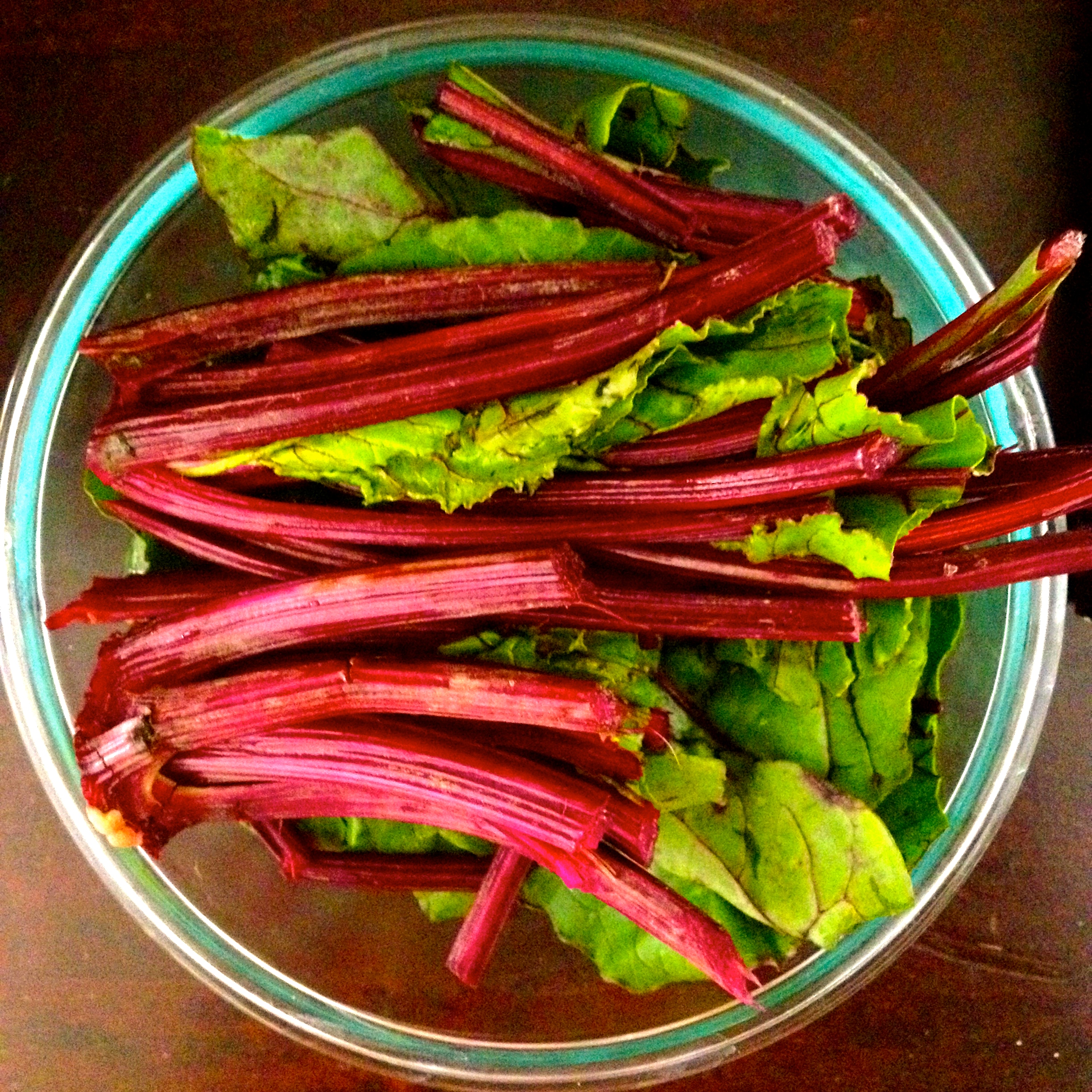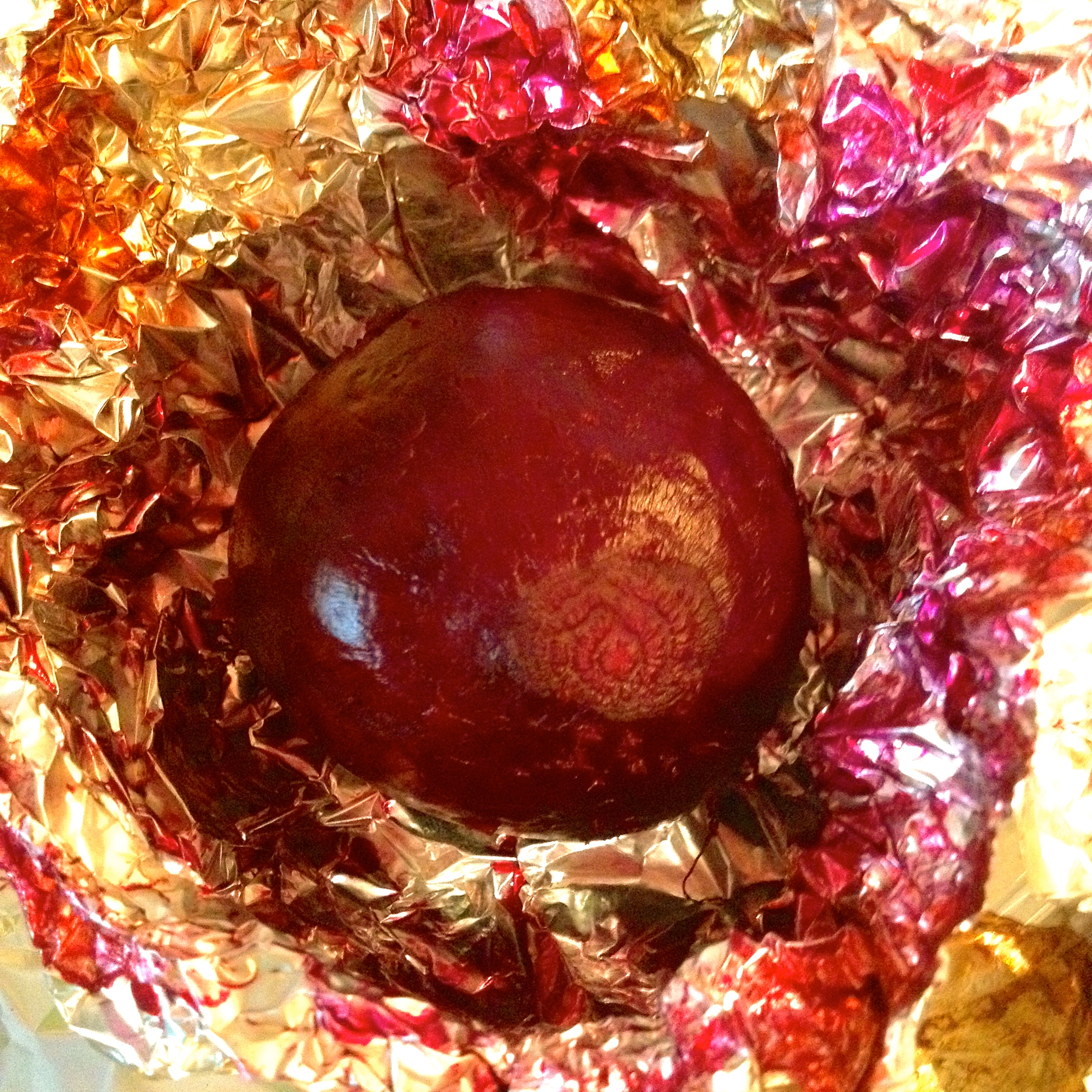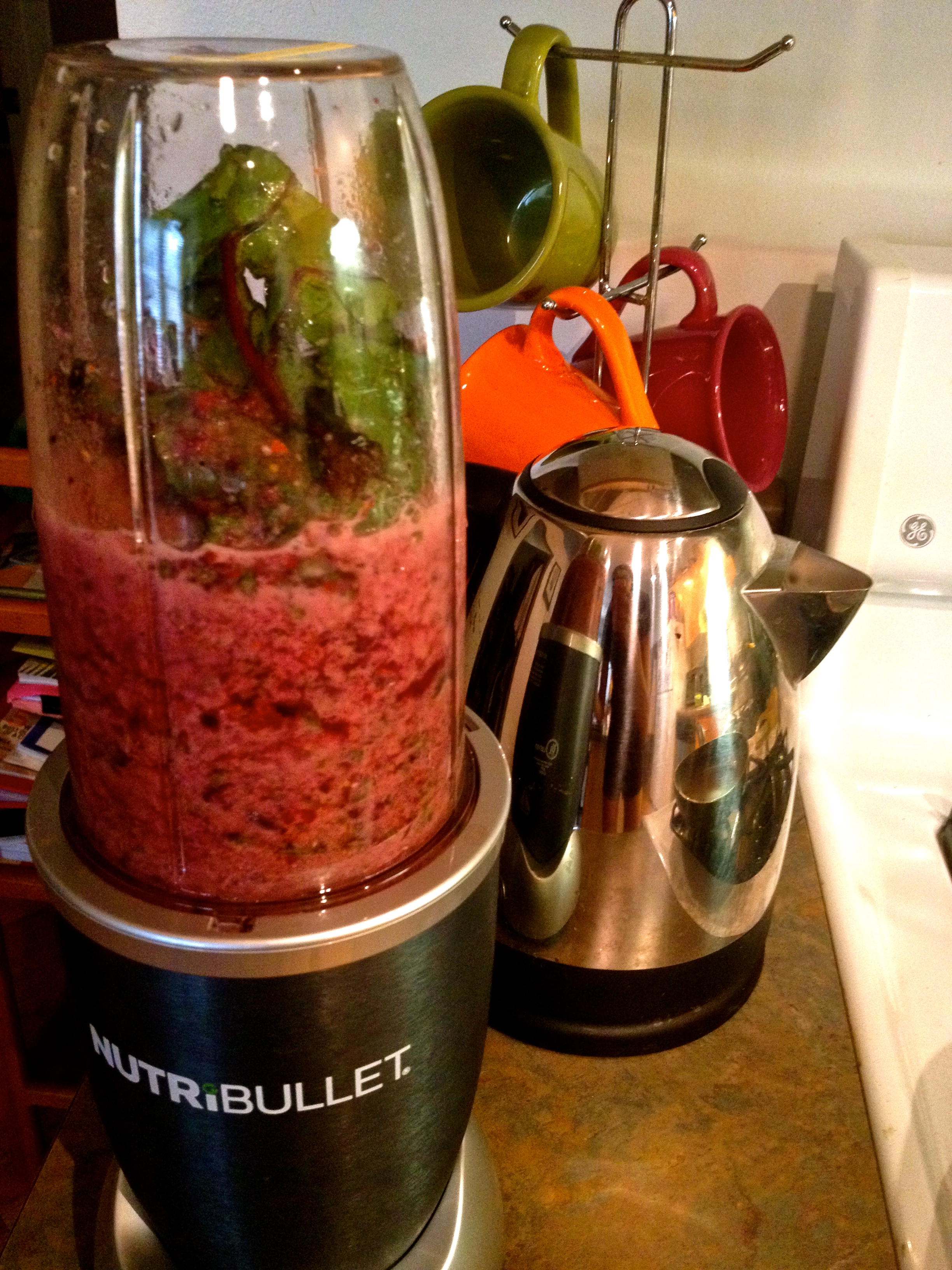Aw-wee-oo, Killer Tofu!
Eee-aw-wee Iee-oo, Killer Tofuuuu!!!
– Killer Tofu, The Beets
(Please, please tell me one of your recognizes those famous lyrics from one of the best Nickelodeon shows of all time without me telling you the answer).
Ah the beet. The gift that keeps on giving all year round. Even after you’ve put your liver through hell.
The beautiful beet is a high antioxidant vegetable that is amazing at flushing the toxins from your body so that they DON’T reabsorb into your body (a VERY good thing because it allows your liver to work at an optimal level).
The beet is composed of two parts – the beetroot and beet leaf. Both are edible. Both are awesome for you. If you’re like me, you avoided using beets for a long time because they looked a little too complicated to work with. This is a perfectly valid excuse. But just so you know, you CAN get roasted and ready-to-go beets at Marianos, Trader Joe’s and Whole Foods. All you have to do is slice them up, toss them in a salad, a juicer or some awesomely creative recipe you saw in a magazine.
These little convenient gems worked great for me until last week when my boyfriend did the grocery shopping and – BECAUSE MY LIST DID NOT SPECIFY (rookie mistake on my part) – he picked up the bona-fide, straight-from-the-dirt beets. When I went to chop one up for my morning smoothie, I was more than a little disappointed to find hard work waiting for me.
HOWEVER, I’d like to thank him now for helping me discover this whole other side of the beet that’s even more nutritious than its root AND is much easier to prepare – the greens. Let’s go to the breakdown.
Part 1: The Beet
Have lots of:
Nitrates, betaine, vitamin C, fiber, potassium, manganese, B vitamin, folate
Which help you:
- Relax and dilate your blood vessels, lowering your blood pressure (nitrates)
- Support liver function (plant flavanoid and beta carotene)
- Boost your stamina (betaine)
- Fight inflammation (betaine)
- Improve stomach acid production
- Break down toxins and bind to other molecules so they can be excreted from your body
Tastes like:
An earthy but sweet fruit with a juicy peach-like texture
Suggested use:
Baked, boiled, steamed, or shredded raw
(Baking is the best option in my opinion; just wash, wrap in foil, and plop on a baking sheet for 50-60 minutes at 400 degrees)
For storage:
- Trim the leaves from the root as soon as you bring them home (the leaves will sap the moisture from the root). Do not trim the cute little tail at the bottom of the root.
- Store them in a plastic bag and put in the crisper drawer for 7-10 days.
- Cooked beets can be kept for in the refrigerator for up to 1 week. Or kept in the freezer for up to 10 months. (Make sure to peel before you freeze).
Part 2: The Beet Green
Have lots of:
Protein, phosphorous, zinc, fiber, calcium, iron, vitamin A, vitamin C – overall, the green has a higher nutritional value than the root
Which help you:
- Supports healthy skin, bones, teeth and blood vessels (vitamin K and calcium)
- Strengthen the immune system (vitamin A)
- Stimulate production of antibodies and white blood cells (vitamin A)
- See better (Vitamin A plays a role in light absorption in the rods and cones of your retina)
Tastes like:
A milder, sweeter version of kale or swiss chard, but with even more of the nutritional benefits. Awesome sauce.
Suggested use:
Salads, smoothies/juices, soup stock
For storage:
- Store the leaves in a sealed storage container and use within 3 days.
- If you keep them in the produce bag with the beet, they will go bad much faster (I speak from experience).
Beet Green Smoothie Supreme Recipe:
I just got a NutriBullet and this concoction was my 5th smoothie attempt. I am not a big fan of adding sugar to my juices, especially because their whole purpose is to serve as a healthy way to start my day (I save sugar for later in the day when I really need it). Problem is, without sugar or honey, many of my concoctions have been less than tasty. THIS is the first time that I truly enjoyed my morning drink – no sweetener necessary. All thanks to those awesome beet greens.
Ingredients:
- 2 cups beet greens
- 1/2 frozen berries
- 1/2 banana
- 1 tablespoon chia seeds
- 1 tablespoon goji berries
- 1 cup coconut water
Directions:
- Toss all ingredients in a blender
- Power it up for about 30 seconds – 1 minute (the goji berries take a bit to get pulverized)
- Drink up!
Sources:
- http://foodfacts.mercola.com/beet-greens.html
- http://homecooking.about.com/od/foodfactsheets/p/Beet-Facts-Selection-And-Storage-Beets-At-A-Glance.htm
- http://www.globalhealingcenter.com/natural-health/liver-cleanse-foods/










